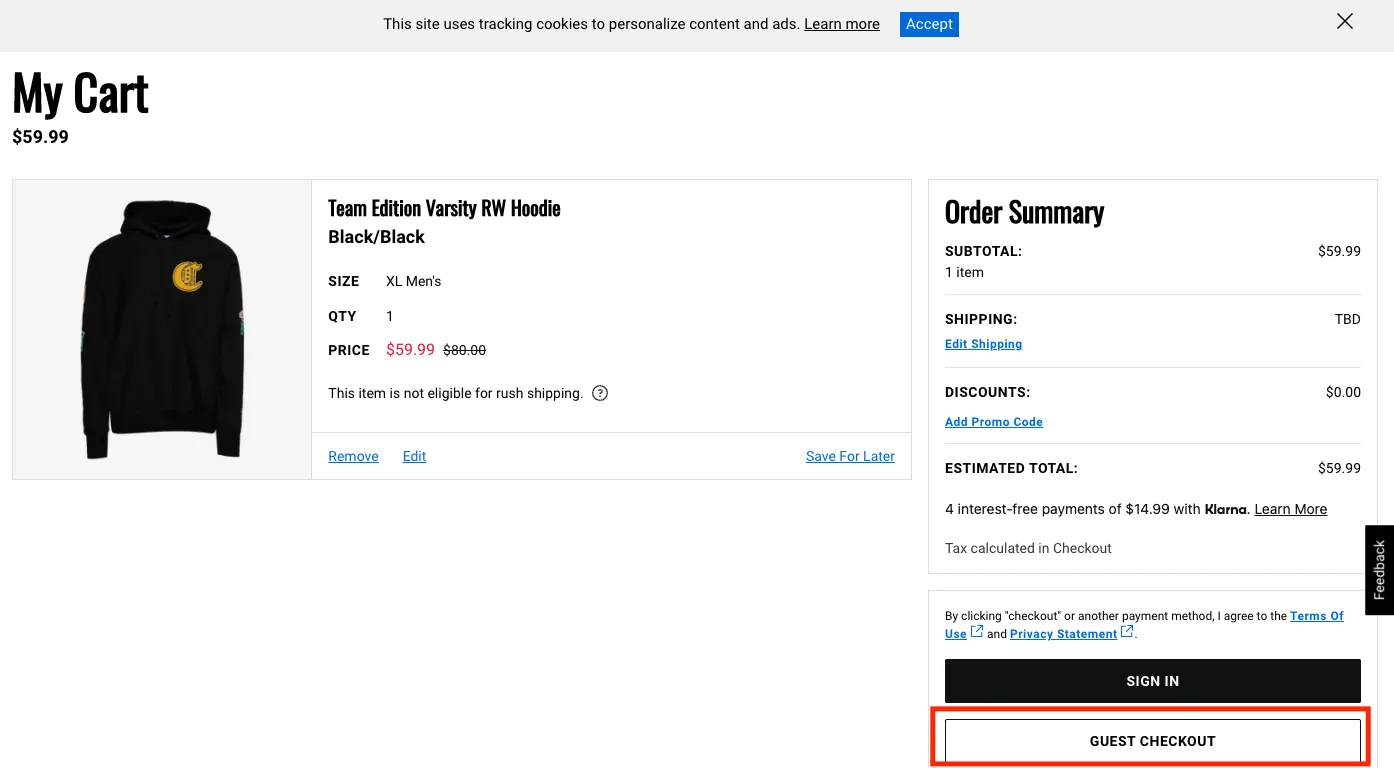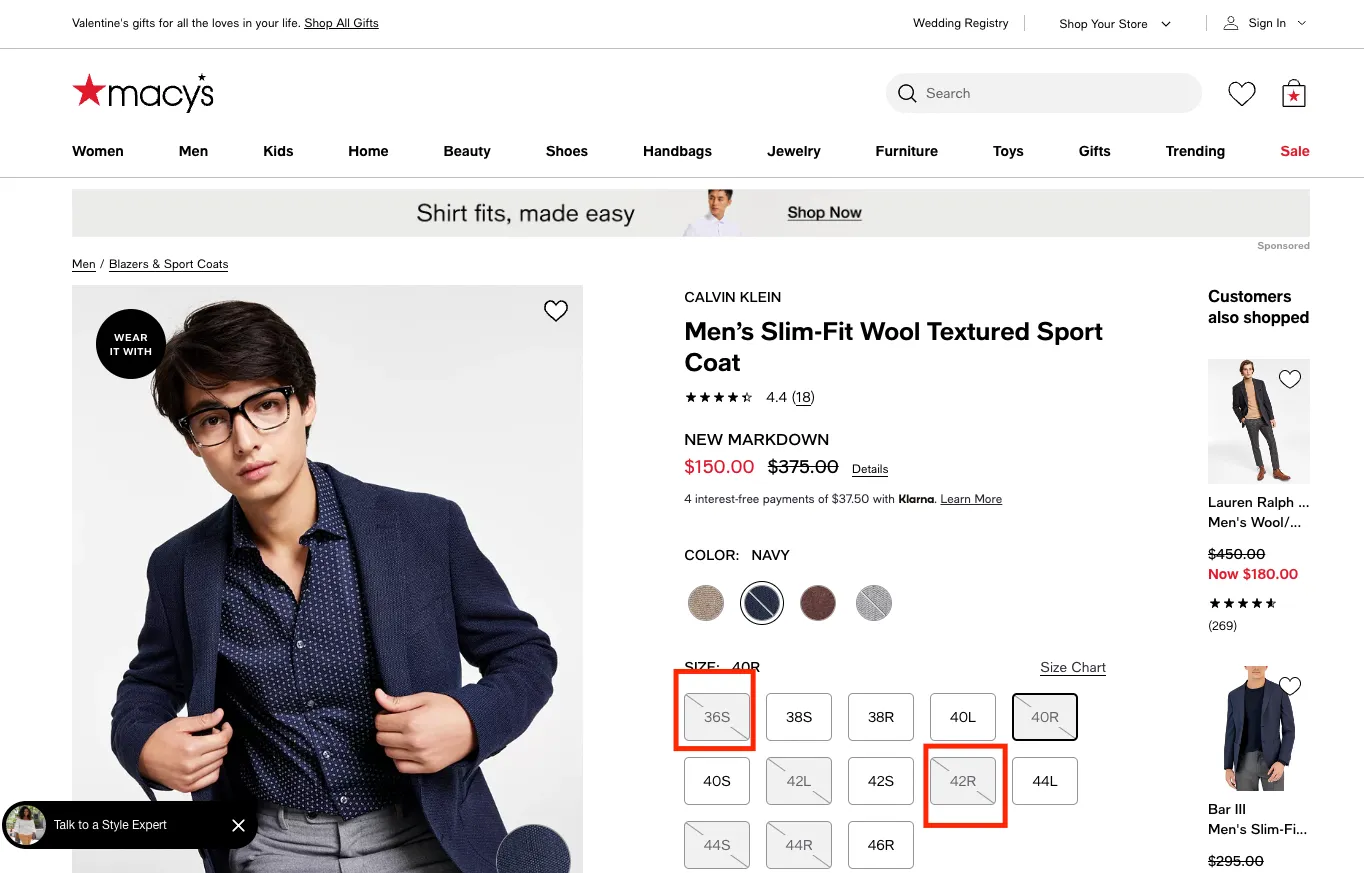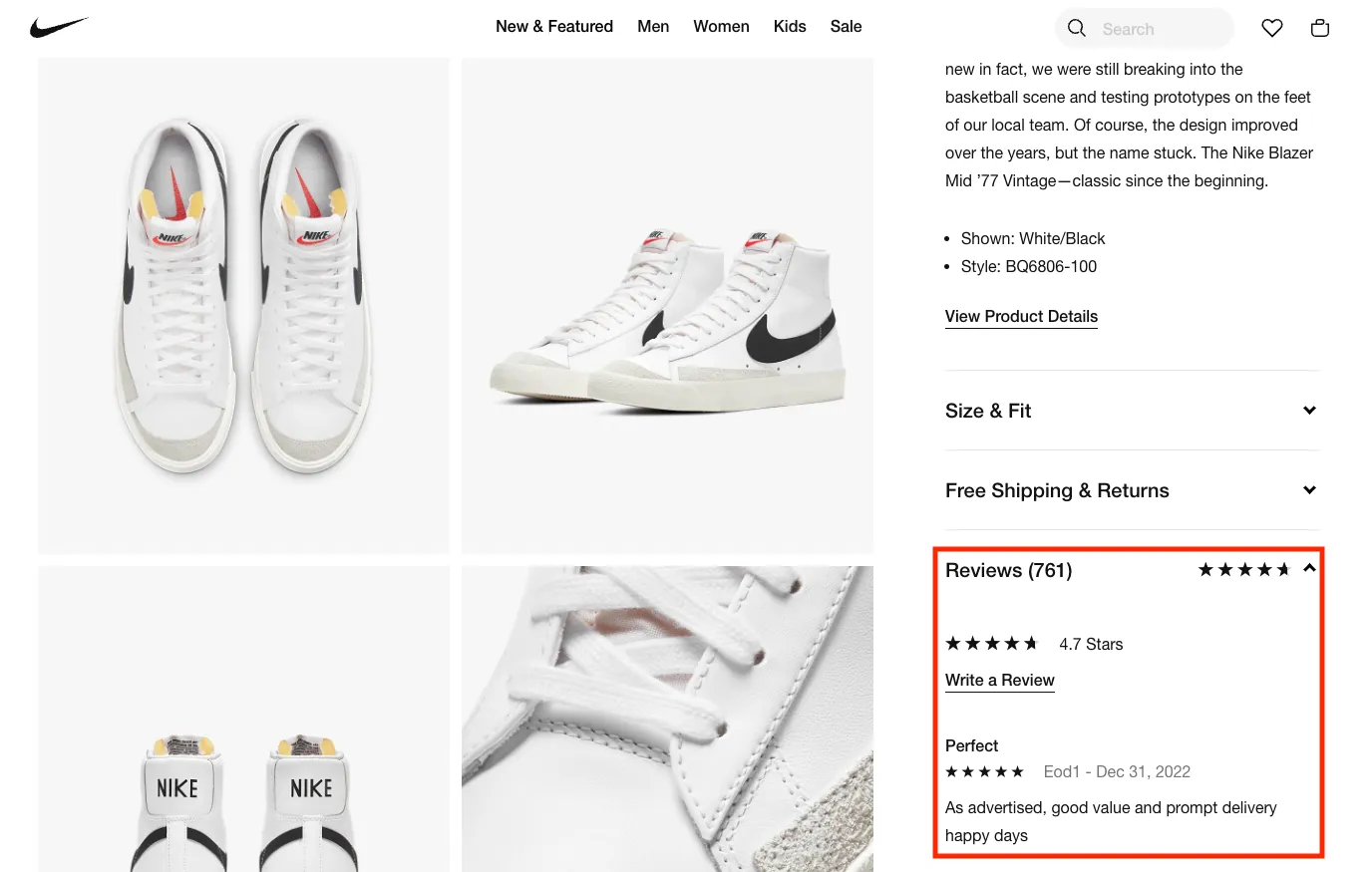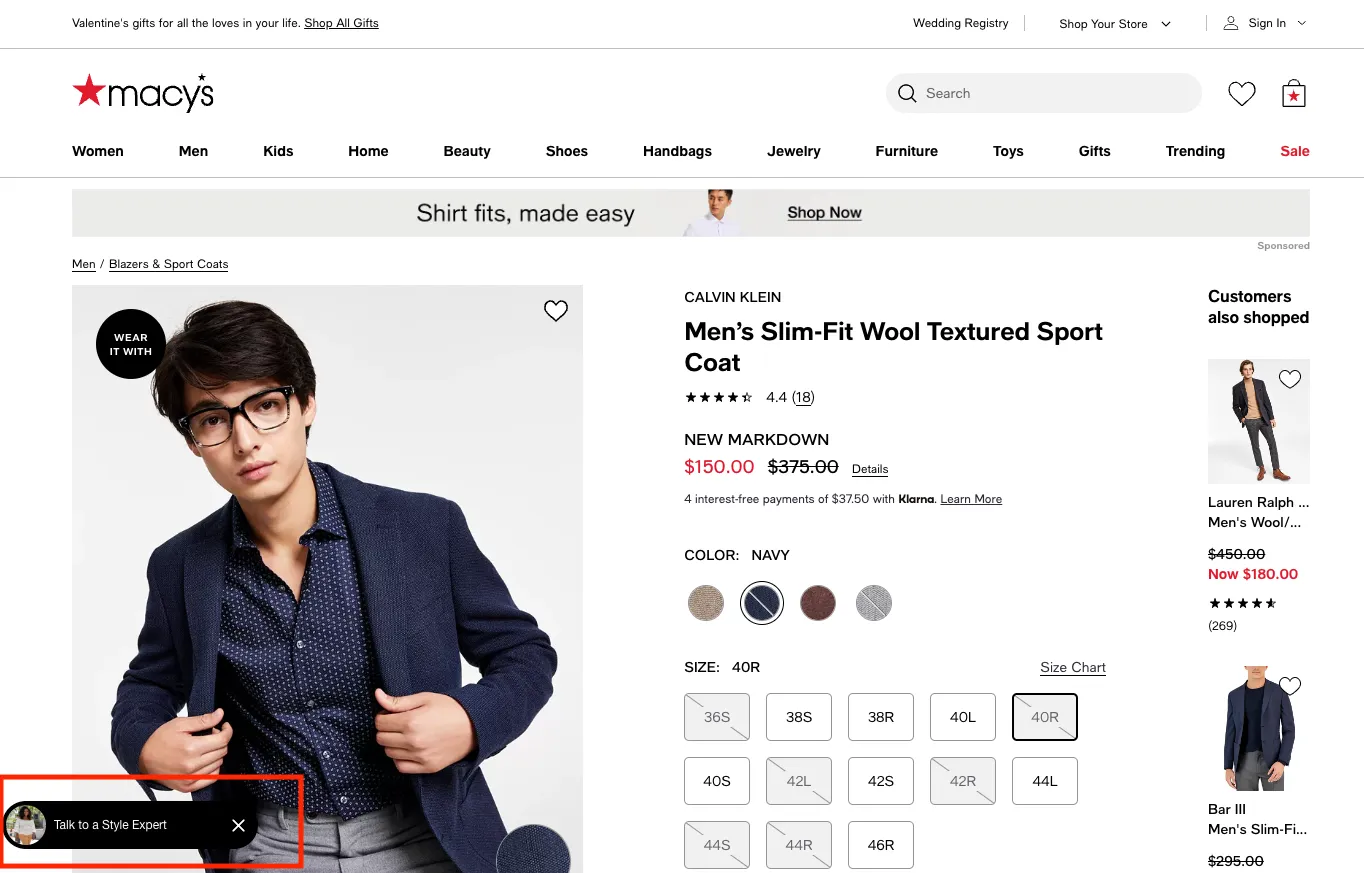
AI-powered delivery date estimates to boost conversion
Give shoppers peace of mind and protect and grow your bottom line
Personalized tracking experiences to build brand loyalty
Returns and exchanges management to mitigate fraud and reward best customers
Proactive communication to drive customer lifetime value
Delivery claim management to tackle fraud and build trust
Do You Know How Common Cart Abandonment Is?

Did you know the average cart abandonment rate across online retailers is about 70%? That means millions of ecommerce businesses are missing out on a huge number of sales and much coveted revenue.
While there are many reasons for cart abandonment in ecommerce—from unclear shipping costs, to cumbersome checkout processes, to a general lack of trust in the merchant—none of the root causes are insurmountable. With a little effort and some basic improvements, you can ensure your cart abandonment rate is below the 70% threshold.
In this article, you'll learn how you can make your ecommerce business more customer-friendly so you can cut down cart abandonment, maximize sales, and increase lifetime value.
Simplify your checkout flow
No shopper enjoys a cumbersome checkout process that's full of unnecessary steps. The more complicated check out is, the more likely people are to abandon their cart. In fact, roughly 1 out of 4 shoppers attest to abandoning their cart during a transaction because they felt the checkout flow was too complex. That's why the first first suggestion is the most straightforward: simplify your checkout flow.
- Cut down on the steps required for purchase and the data input required of customers.
- Add a progress bar that guides customers through checkout so they're never left wondering "how much longer?" (e.g., Cart > Shipping Info > Payment Method > Review)

- Ensure tax and shipping rate transparency so customers don't feel "hustled" when it’s time to complete their payment.
Stop asking people to create an account
Asking shoppers to create an account with your ecommerce business sounds like a good idea. On the surface, it's an easy way for you to:
- Collect critical information about the shopper (name, email, product preferences, etc.) that you can use to personalize their customer experience in the future.
- Opt-in to marketing so they return to your digital storefront and buy again.
Unfortunately, forcing shoppers to create an account (rather than allowing them to checkout as a "guest") is the #2 most common reason for cart abandonment.
The truth is, not all shoppers want the conveniences (easy access to order history, special discounts, not needing to re-enter shipping information, etc.) that come with creating an account.

If you MUST require registration prior to checkout, be sure to keep it simple. Just an email address and password. No name, no address, no preferences—nothing. Move the registration to the end of your checkout flow and combine it with an incentive (e.g., 10% off your first order) to reduce the risk of shoppers abandoning their cart.
Be crystal clear
If you want to cut down on cart abandonment, the shopping experience needs to be more than simple and intuitive—it needs to be transparent.
- Make sure product detail pages include accurate estimated delivery dates. (60% of shoppers will choose a retailer who can provide accurate dates.) Barstool Sports offers a perfect example of this transparency by calling attention to the fact “increased demand” will delay order fulfillment by no less than two weeks.

- Ensure estimated delivery dates are also provided (on an item-by-item basis) in the checkout flow.
- Publish your return policy in a convenient location that requires minimal effort to find, such as on individual product detail pages. (63% of shoppers won't complete a purchase if they can't find the return policy.)
Transparency also applies to product availability. There are few things worse than adding an item to a cart, only to discover its "out of stock" upon reaching the checkout page. (In fact, the only thing that's worse is when a retailer doesn't inform you that an item is on backorder until after you've checked out.) So, do what Macy’s does—make it clear when a size, color, or general product is out of stock.

Incorporate social proof on product detail pages
Incorporating social proof into product detail pages is a great way to reduce cart abandonment for ecommerce retailers. Almost all online shoppers (95% by some estimates) evaluate online reviews before completing a purchase. Therefore, the easier you make it for people to find said reviews during their order experience or checkout flow, the less likely they are to get cold feet and bail on a purchase.
Major ecommerce retailers including Amazon and Nike have done an outstanding job of leveraging customer feedback to enhance their product detail pages (as well as gain insight into how products perform and how they can be improved).

Notice how their product detail pages include more than just star ratings—shoppers get the opportunity to read actual quotes from former customers adding authenticity and weight to each review. The more feedback a shopper can digest, the more likely they are to feel confident completing a purchase (and the less likely they are to get buyer’s remorse, which means fewer returns and more revenue retained).
Emphasize payment security
Despite the proliferation of online shopping, consumers are more worried about fraud than you might think. In fact, more than 70% of shoppers worry about their credit card or personal information being stolen following an ecommerce transaction, and one out of five consumers report being the victims of online fraud.
Therefore, any doubts about the security of your payment gateway will tempt shoppers to abandon their cart. To decrease the likelihood of that happening, display security logos prominently and make shoppers aware that you only use SSL-encrypted payments. For those consumers who might not be familiar with the abbreviation "SSL" incorporate language that’s easier to understand (e.g. "super secure, encrypted payments") into your checkout flow. Pair your security-inspired headlines with helpful graphics (e.g. a padlock icon or the Norton logo) for added clarity.
Allow people to save their carts
Not every customer who abandons their cart is doing so permanently...
- Some shoppers get distracted by other tasks.
- Some shoppers accidentally close out of a tab or window.
- Some shoppers decide they want to comparison shop before checking out.
If you give people a way to save their cart and complete the purchase at a later date and time, they will.
Allowing people to save their carts helps you reduce overall abandonment rates and helps your ecommerce store increase conversions and average order value (shoppers who come back to their carts tend to add more items prior to checking out).
Optimize the load time of your checkout page
It sounds silly, but how quickly your checkout page loads can determine whether a shopper becomes a paying customer or just another abandoned cart. So, how fast should your checkout page load?—A good threshold is two seconds. If your checkout pages takes anything longer than two seconds to load, you're losing more sales than you should.
Make a guarantee
It may be decreasingly important for ecommerce retailers to provide perks such as free shipping or free returns to get shoppers to complete a purchase. But that doesn't mean you can't incorporate a little "carrot and stick" psychology to reduce cart abandonment.
To that end, it's a great idea for you to put some kind of guarantee behind your shopping experience—especially because ecommerce shoppers are naturally denied the traditional tactile elements of shopping.
You can guarantee...
- Product performance
- Product durability
- Customer satisfaction
- Delivery timelines
- And more
Guarantees help people avoid cold feet and make it through the final phase of your checkout flow.
Make your checkout flow more dynamic
The two most obvious ways to make your checkout flow more dynamic are:
- Adding live chat
- Layering in pop-ups
Live-chat is a great way to answer any last-minute product or policy questions a shopper may have, and remove any lingering reservations keeping them from completing their purchase and abandoning their cart (see Macy’s Talk to a Style Expert live chat feature below).

Pop-ups to catch cart abandoners are by no means new, but they're a tried and true way to lower your cart abandonment rate by a few percentage points.
There is no silver bullet
When it comes to reducing cart abandonment, there is no silver bullet. However, by leveraging some of the aforementioned best practices (e.g., leaving customer feedback on PDPs, optimizing load times, offering guarantees, etc.) you can reduce cart abandonment rates for your ecommerce business. With a little bit of effort and energy, following the advice listed in this blog will help you start increasing your conversions and revenue stream in just a few weeks.
























